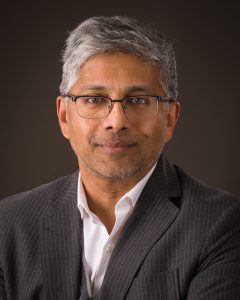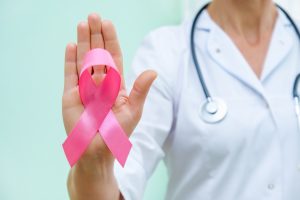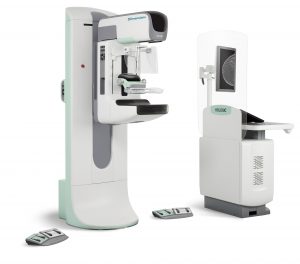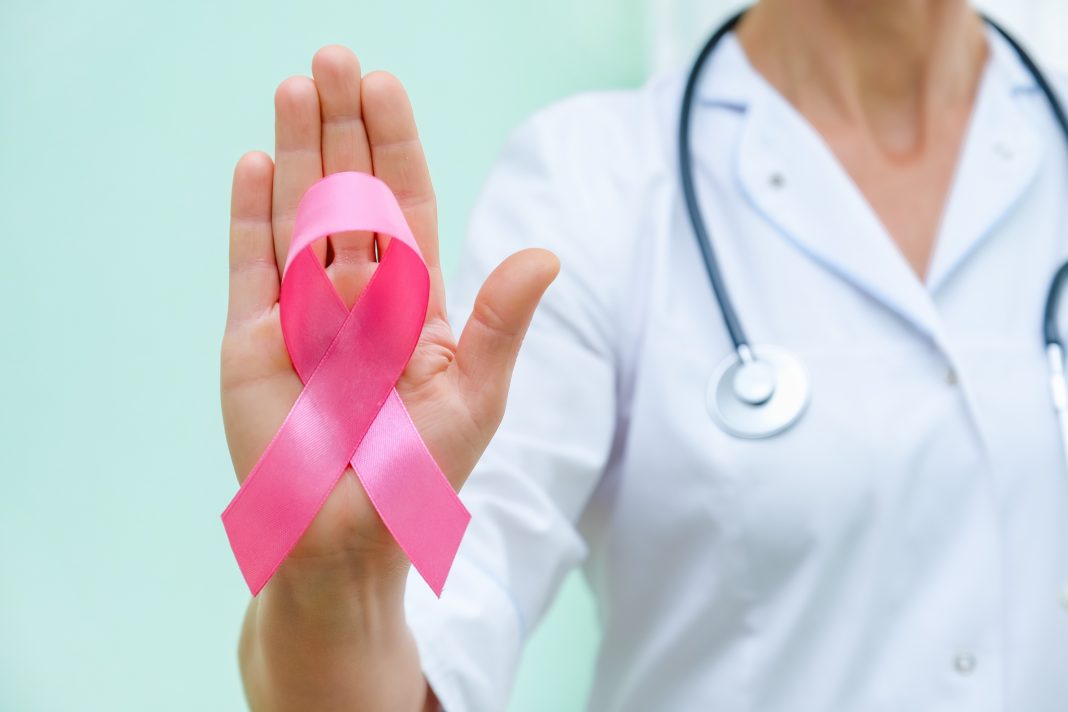When it comes to types of cancer women are most commonly diagnosed with, breast cancer is second only to skin cancer. The American Cancer Society estimates that, in 2020, about 276,000 new cases of invasive breast cancer will be diagnosed, and about 42,000 people will die of the disease.

Photo courtesy: PeaceHealth
It’s always helpful to go over the basics of breast cancer, and fortunately, PeaceHealth United General Medical Center has excellent ability to treat local residents diagnosed with this cancer.
Am I at risk?
Dr. Farabi Hussain, who joined PeaceHealth in 2020 and specializes in surgical oncology with emphasis in breast, pancreatic and liver cancers, says the greatest risk factors for breast cancer are age and a family history.
Although he’s seen breast cancer in someone as young as 25, the majority of cases are in women aged 60 and older. Along with age is concern over a family history of the disease, but Hussain says most breast cancers aren’t actually genetically related.
“Most women don’t have a family member with breast cancer,” he says. “But just because you don’t have family members that have breast cancer doesn’t mean you’re not potentially at risk.”
Most breast cancers usually begin in the ducts that carry milk to the nipple, though some start in glands that make breast milk. Other less common forms begin in other breast tissues. While many types of breast cancers can cause breast lumps, not all do. And even so, many breast lumps may not be cancerous and are simply benign growths.
That’s precisely why it’s so critical to get a mammogram and know what’s going on. The American Cancer Society suggests women get annual mammograms beginning at age 40, while the United States Preventative Task Force suggests women get them every other year after age 50. Hussain recommends women with family histories of breast cancer get one annually even earlier than age 40, though for most women younger than 40, it’s not necessary.
The reason is because younger women typically have denser breast tissue. As they age, however, that tissue becomes less dense. Although self-examinations of the breast aren’t suggested quite as much as they used to be, Hussain says any woman concerned about any irregular breast issues should always follow up with their doctor.

Besides masses or lumps in the breast, possible symptoms of breast cancer include swelling of the breast, skin dimpling that sometimes looks like an orange peel), breast or nipple pain, nipple retraction, nipple discharge that’s not breast milk, and swollen lymph nodes.
Treatment Options
The most common treatment for breast cancer involves surgery on the affected breast, with possibly additional targeted radiation treatments. Hussain says that unless a patient is in late-stage cancer – where surgery alone won’t solve the problem due to the cancer’s spread – chemotherapy typically isn’t used as a first-line defense.
Breast-conserving surgery (BCS), also called a partial mastectomy or lumpectomy, is where only the cancerous part of the breast, as well as some normal tissue around that area, is removed. A full mastectomy, of course, is where the entire breast is removed from the body. The earlier breast cancer is caught, the more options a patient has.
Hussain says while they try to avoid full mastectomies, patients sometimes request them with the idea of proactively eliminating odds of the cancer coming back one day. But studies show that many women who receive BCS plus additional radiation have similar survival rates as those who undergo full mastectomies, when those women have the option of either treatment.
Of course, what decision is best for a patient all depends on tumor size and a variety of other health factors. If a tumor is so large and cannot be removed without severely damaging the breast, Hussain says there may be no choice but to completely remove the breast, especially if chemotherapy is unsuccessful in properly shrinking the tumor.
Whether or not to restore breast appearance with reconstructive surgery is another personal choice to consider. With some BCS surgeries, implanted material or fat from another area of the body can be grafted into the affected breast, helping to maintain breast contour and shape post cancer surgery. Another options, says Hussain, is to reduce the size of the healthy breast so both breasts are still matching in size.

When to do this is also to be considered. Immediate reconstruction of the breast usually occurs at the same time as the cancer surgery, while delayed reconstruction happens afterward. If immediate reconstruction is needed, Hussain says patients will be sent to St. Joseph Medical Center in Bellingham, as United General lacks a plastic surgeon that can help with such a procedure. Hussain says most reconstructive surgery requires an overnight stay or longer hospitalization.
Get Your Mammogram!
One of the exciting things about getting a mammogram at United General’s Breast Care Suite is the use of their Hologic Genius 3D mammography technology.
The mammography device provides earlier and more accurate breast cancer detection than just a 2D exam. Hussain says the 3D imaging is used in conjunction with 2D, providing a layered view of breast tissues.
“If you see in 2D that the breast is too dense, then you’ll use 3D,” he says. “It takes multiple cuts through the breast, which are thinner, and then they can look at each of those cuts.”
In the event that both devices still leave doctors seeing something in the breast unclearly, an ultrasound or MRI will be used to clear things up.
In all, Hussain is adamant that prevention and early detection is critical for all women at risk of breast cancer. Because the later that breast cancer is found, the harder it is to manage and the more intrusive treating it becomes.
“Women have to have the impetus to go out and get their mammograms and exams,” he says. To book your mammogram at PeaceHealth United General Diagnostic Imaging, please call 360-788-6345.
Sponsored




































